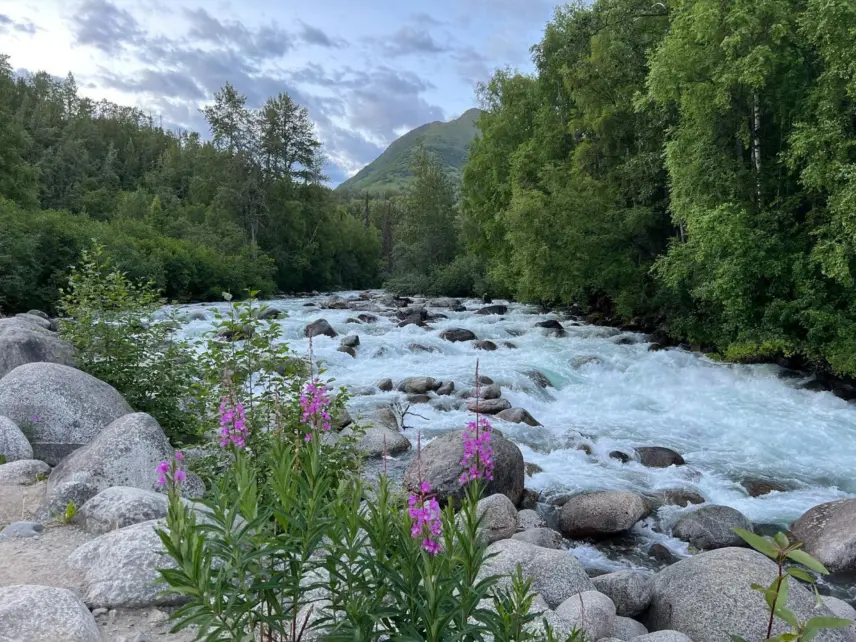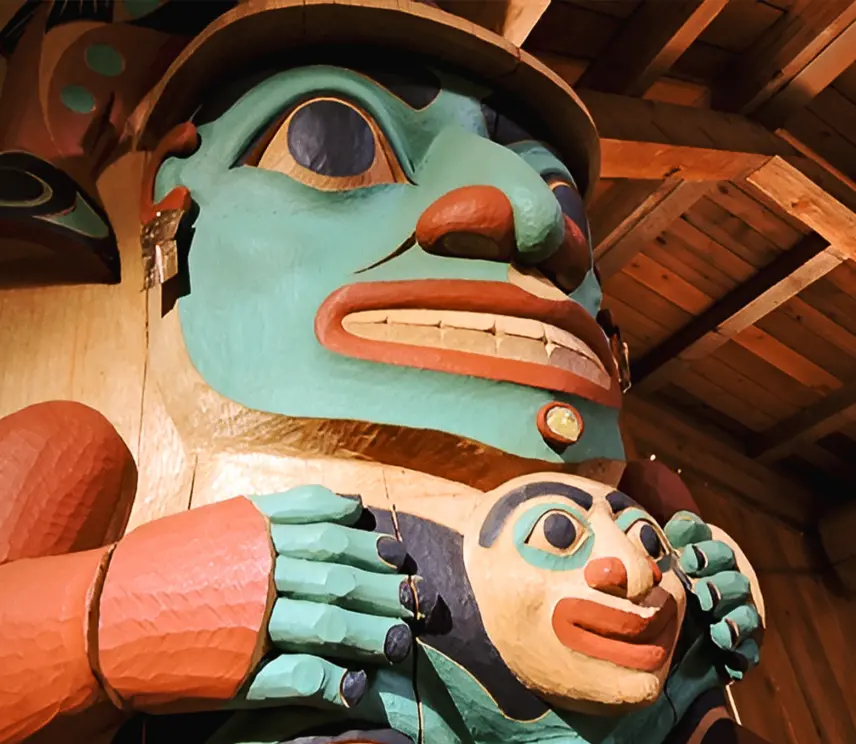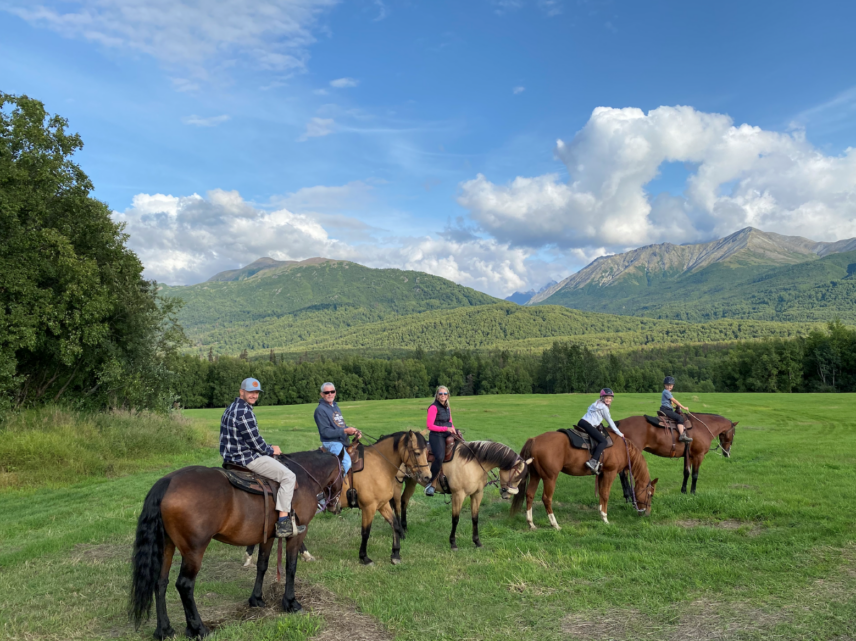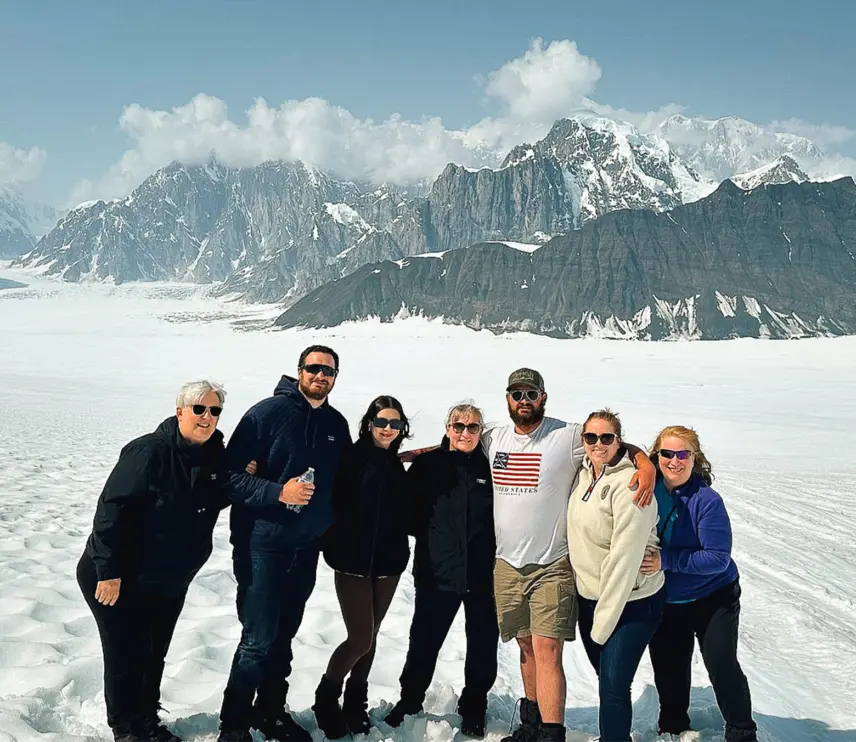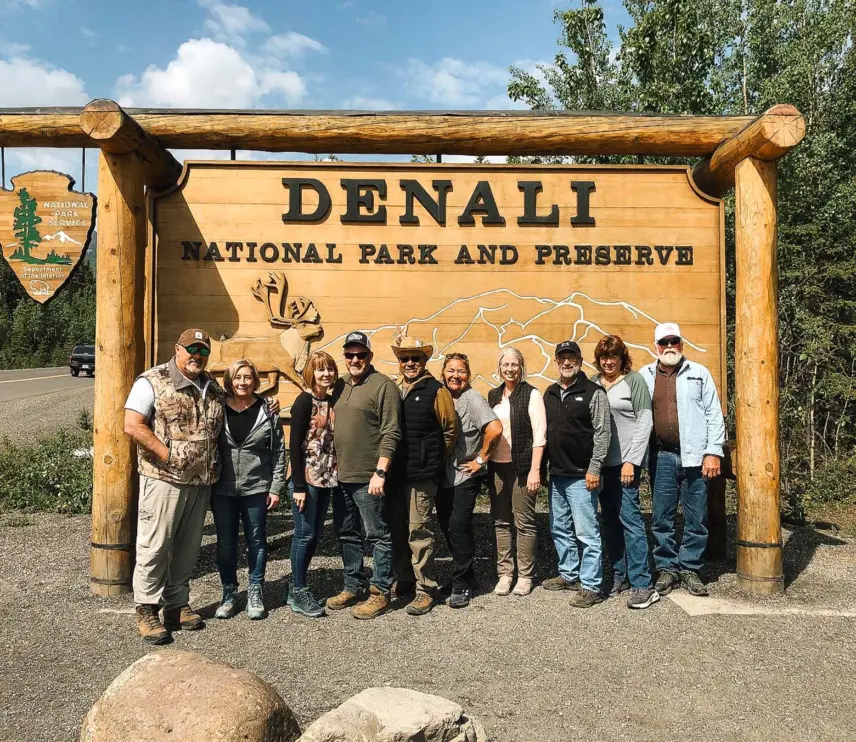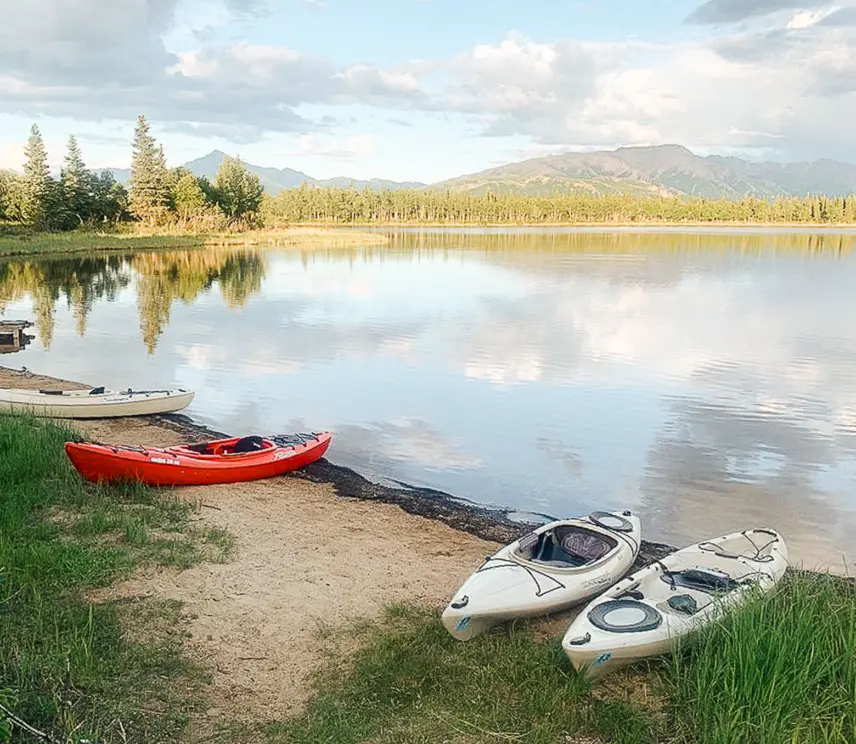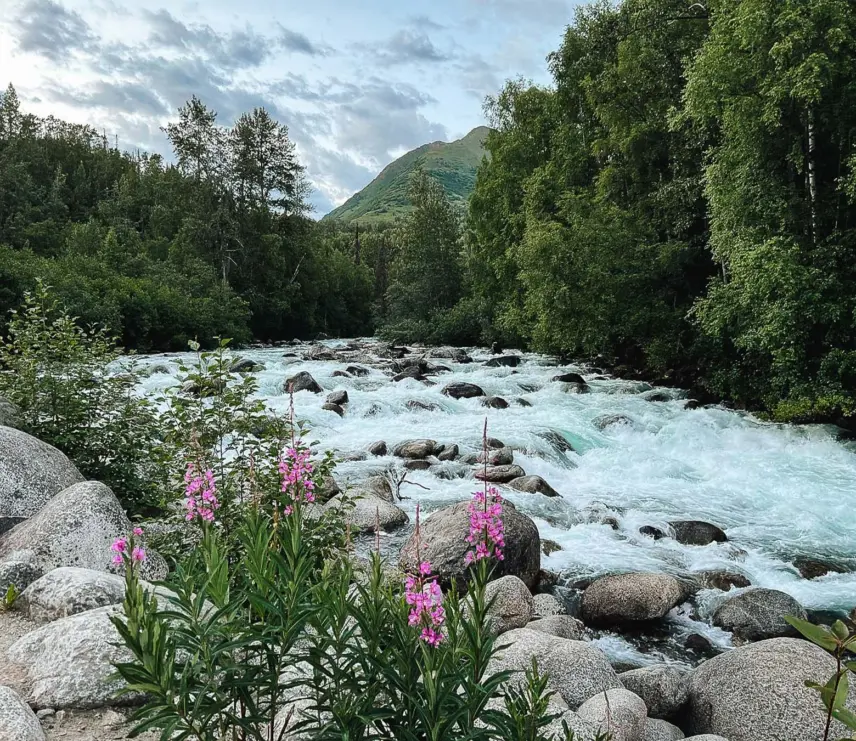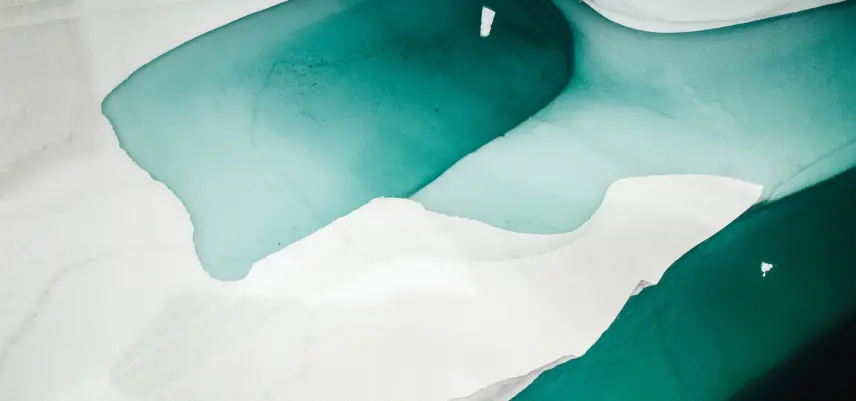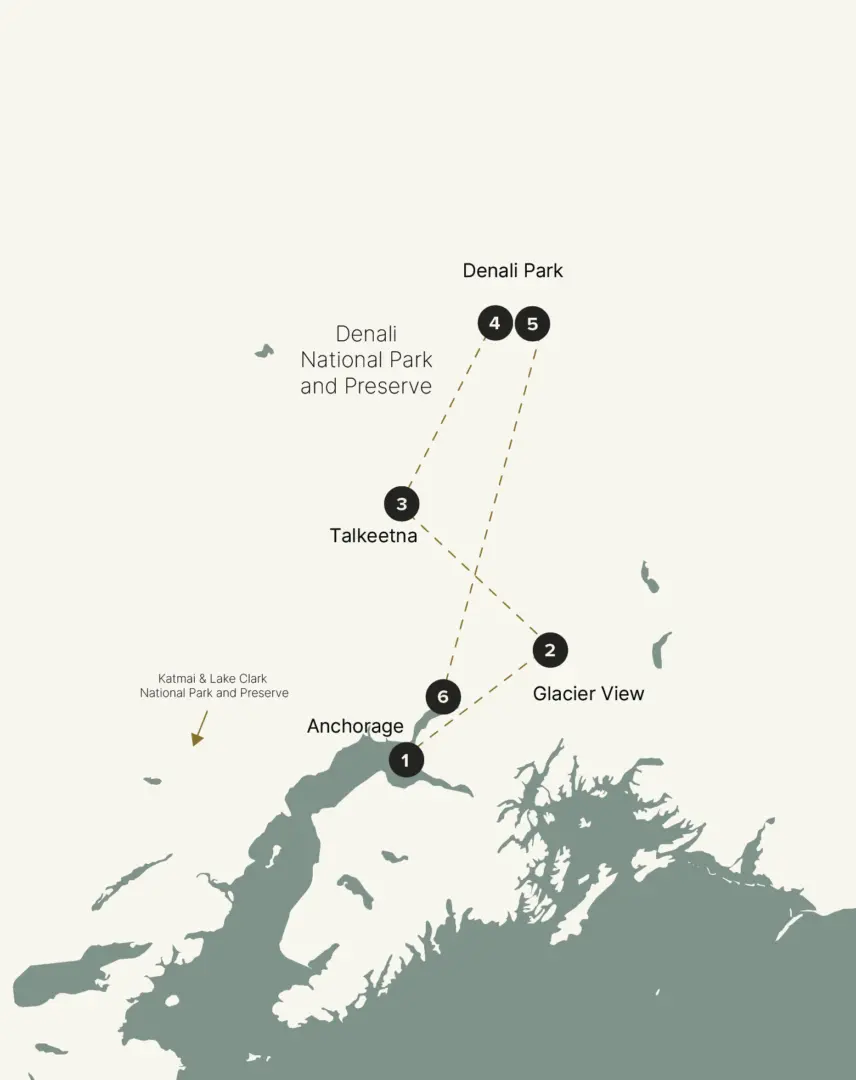
Discover Denali & the Mat-Su Valley
Departures
Duration
6 Days, 5 Nights
Starting Price
$4,949 pp | Based on Double Occupancy
Venture Off the Beaten Path
This core tour of Alaska is engaging from start to finish. Enjoy remarkable scenery, fantastic wildlife viewing, backroad adventures, glacier treks, and river boat rides for six days. Then, if you’re looking for more, customize your trip to your liking or pair it with an Inside Passage cruise.
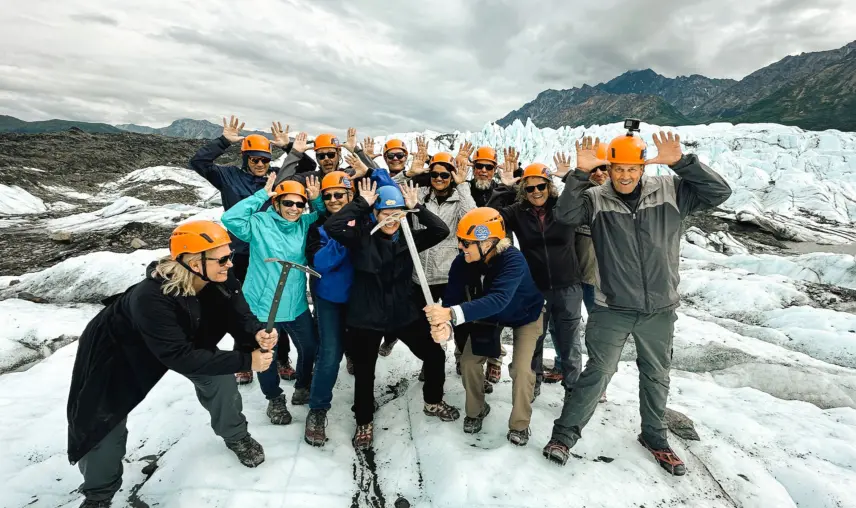
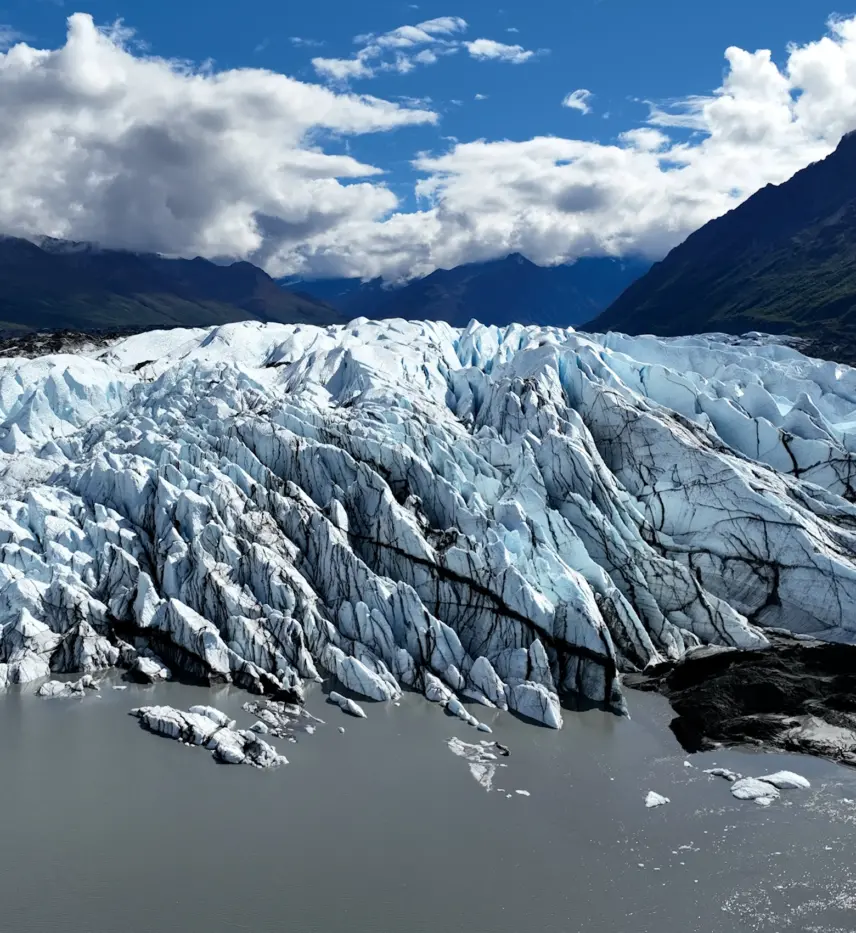
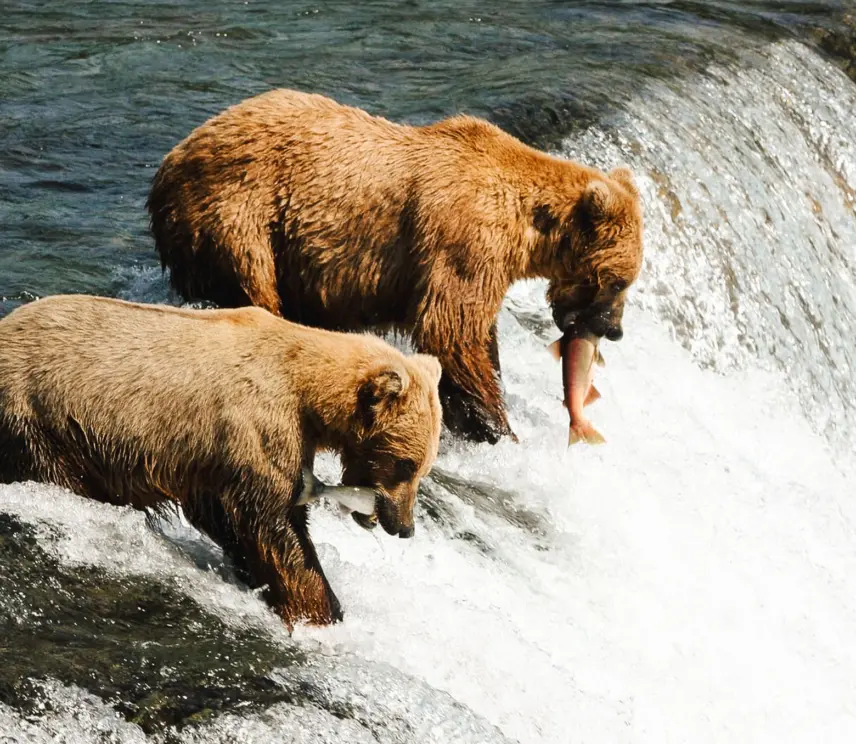
The Land of Grizzlies and Glaciers
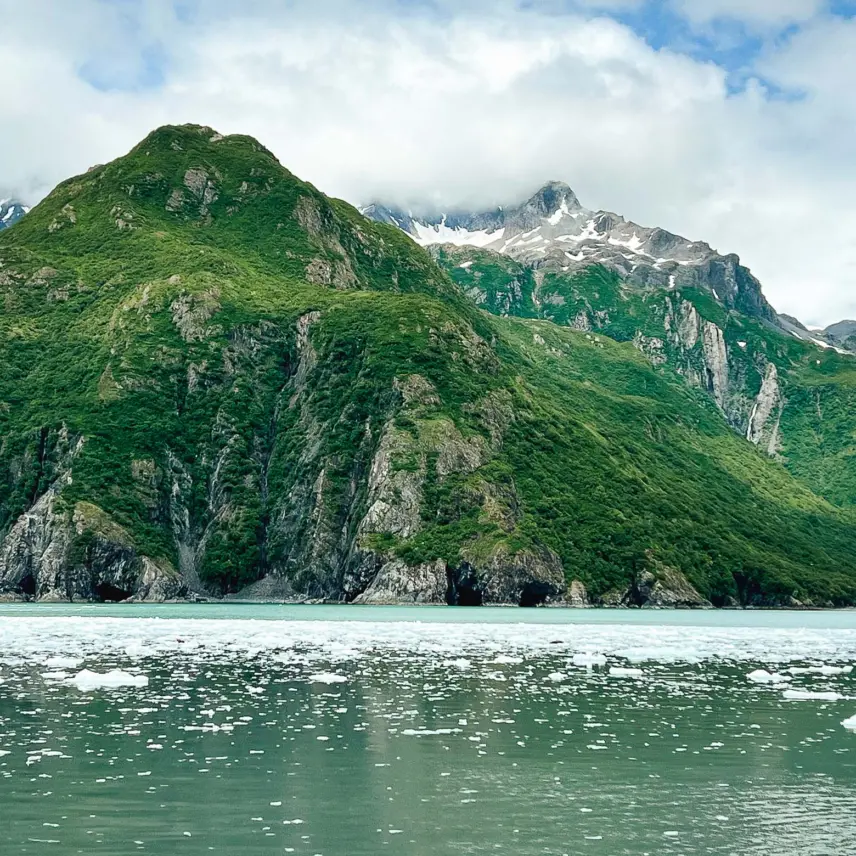
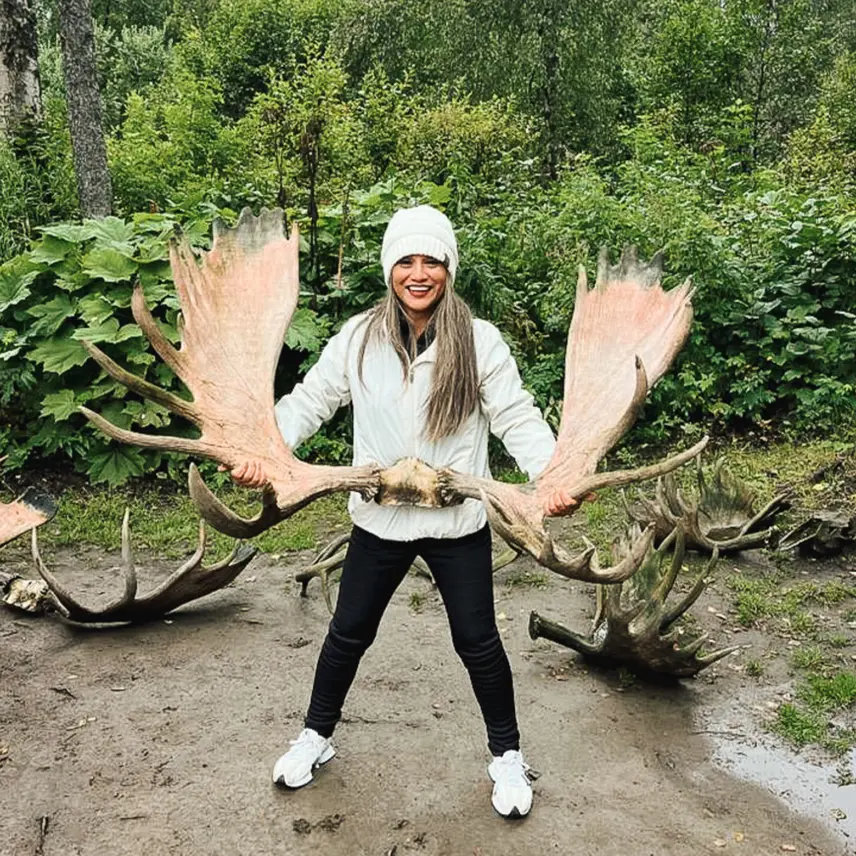
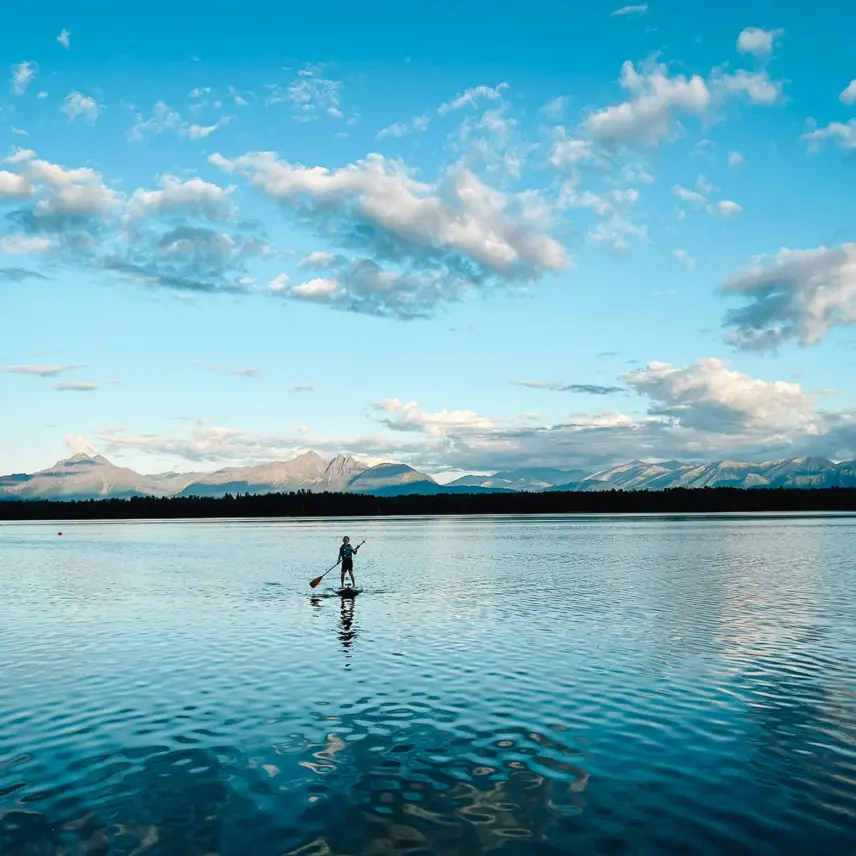
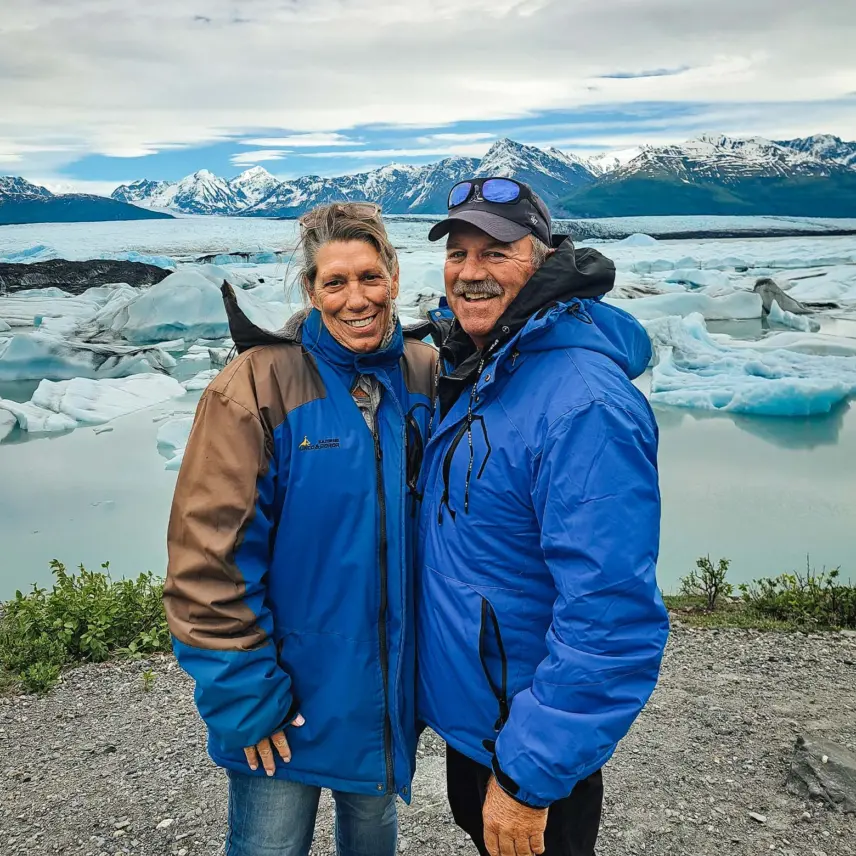
Read more 5-star reviews!
Itinerary
This itinerary packages the essence of Alaska into a compact timeframe. In six days, you’ll see and do more than most travelers who visit our state by other methods. Your knowledgeable Alaskan guide will lead you through the Mat-Su Valley and Denali National Park, allowing you to explore glaciers, encounter wildlife, and tour scenic landscapes. Customize your journey with options like fishing or bear viewing, or cruise home via the Inside Passage.
-
Day 01
Anchorage & Wasilla
Discover Local Cultures and Traditions
Your Alaskan adventure begins with a visit to the fascinating Native Heritage Center, which gives you an opportunity to enrich your understanding of Alaska’s indigenous cultures. Departing from Anchorage, your path takes you north to the Matanuska Valley. En route, you’ll explore the Native village of Eklutna, where you’ll witness the unique blending of Native Alaskan and Russian Orthodox traditions at a historic chapel and burial site.
Continuing on north to Wasilla, you’ll enter the Mat-Su Valley, the farming belt of Alaska.
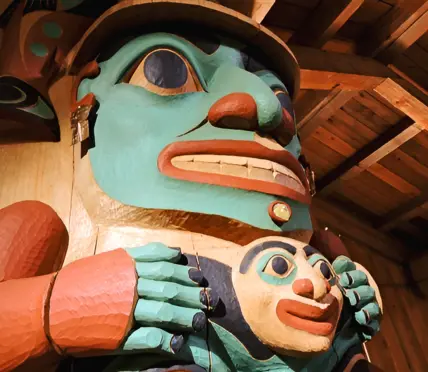
-
Day 02
Palmer & Matanuska Glacier
Upgrade available on this day.
Stunning Scenery
Explore the Matanuska River Valley in three different ways.
Three Activity Options Available
1 – Zipline Adventure (2.5 hrs)
- Take on Alaska’s first and only all-tandem side-by-side zipline.
- Soar through 6 zips with a guide and cross over stunning valleys on the suspension bridges.
2 – Horseback Riding (1.5 hrs)
- Saddle up and follow a local rancher as you explore the trails of Palmer.
- Suitable for first-timers and experienced enthusiasts ages 8+
3 – Homestead Ranch Tour (2 hrs)
- Learn about the history of the Sunderland Ranch and other original farms in Lazy Mountain. We will walk about a mile to see incredible views and other unique points of interest. One of our touring rigs will pick us up to visit the horse barn.
Visit the Glaciers
After our lunch stop, discover the true beauty of glaciers up close as you walk on the Matanuska Glacier. Ice cramp-ons are provided, and no experience is necessary to join in the fun.
Available Upgrade
Helicopter Glacier Landing | $269/person
- This scenic 45-minute helicopter ride lands at a glacial pool on the Matanuska Glacier, which is only accessible by air
- See wildlife and experience the glacier in a spot few have ever visited
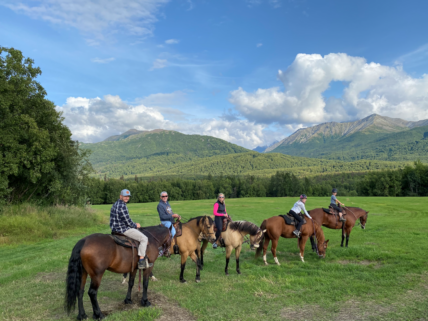
-
Day 03
Talkeetna & Denali National Park
Upgrade available on this day.
Towering Peaks
The tiny town of Talkeetna, a local gem where three Alaskan rivers meet, is home to some of the most photographed views in our state: the majestic peaks of Mt. Denali and the Alaska mountain range. Today, you’ll choose one of the following adventures to enjoy:
Two Activity Options Available
1 – Denali Flightseeing (1 hr activity + travel time)
- Get within six miles of Denali’s summit, the highest peak in North America at 20,320 feet!
- Includes window seats for each passenger
- An experienced pilot-guide will highlight points of interest along the way
Available Upgrade to Flightseeing
- Ruth Glacier Landing on the Side of Denali | $100/person
2 – Riverboat (2 hr activity + travel/prep time)
- Adventure down the river on an enclosed jet boat and see unique views of Mt. Denali
- Visit an authentic trapper’s cabin and see how trappers lived in “bush” Alaska at the turn of the century
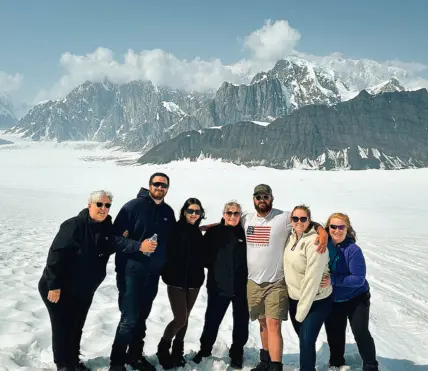
-
Day 04
Denali National Park
Enter a Magnificent Wilderness
Everything about Denali National Park is larger than life: the beautiful scenery, the mountains, and the animals. In the morning, you’ll embark on the Denali Park Shuttle for wildlife viewing in an unparalleled setting. Visitors have a chance to see grizzly bears, caribou, moose, Dall sheep, foxes, and wolves. Many smaller animals also inhabit the park, such as Arctic ground squirrels, hoary marmots, pikas, snowshoe hares, and beavers.
During this scenic five-hour tour, the bus stops regularly to better take in the surrounding wildlife and for restroom breaks. Lunch and a beverage are included. You’ll want to bring your camera and binoculars along!
For more opportunities to explore the park. Soak in the scenery and experience Denali at your own pace. Take a 2.1 mile self-guided hike on one of our favorite trails in Denali National Park or elevate your adventure by taking on a 4-hour self-guided E-bike ride to Savage River. Pedal yourself into the park on the only road that exists in the entire National Park. Your bike comes equipped with racks, bear spray, and quality rain suits to adventure in any type of weather. In the afternoon add-on a white-water raft trip down the Nenana River for $140 per person.
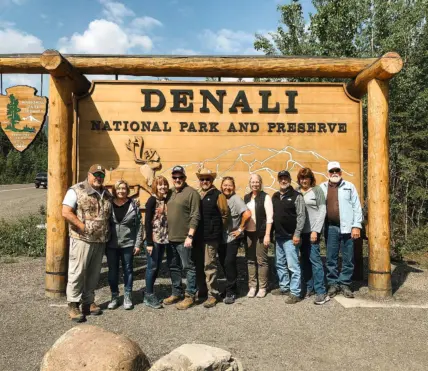
-
Day 05
Denali & Wasilla
Upgrade available on this day.
Relax and Recharge
Today is a day of leisure. Spend a morning at the Denali National Park headquarters, where you can watch interesting films about the region and its wildlife, or immerse yourself in nature on one of the many hiking trails in the area (which range from easy to challenging). The Murie Science and Learning Center is a treasure trove of fascinating information about this boreal forest, and informative talks with knowledgeable rangers are also available. Just tell your guide where you would like to go!
Available Upgrades
1 – ATV 4-Wheeler Adventure (1.5 hrs)
- $150 single rider, $250 double rider, $350 triple rider
- Explore 10 miles of varied terrain: coal mining trails, rocky creek beds, hill climbing, and water and mud crossings
2 – 9-Hole Tundra Golf | $125/person
- Play a round—or several—at Black Diamond, a short but challenging course full of Alaskan hazards like tundra marsh and the occasional moose hoof print
3 – Denali Zipline (3 hrs) | $165/person
- Your adventure begins with a three-mile trail ride through scenic Alaskan wilderness
- After gearing up, certified guides will lead you along six sky-bridges and seven thrilling ziplines
4 – Fat Truck Tour (2.5 hrs) | $249/person
- Travel up an old mining trail to the “upper lookout” where you will see vista views and learn about the geology and history of the area. Test out the amphibious qualities of the truck with your guide!
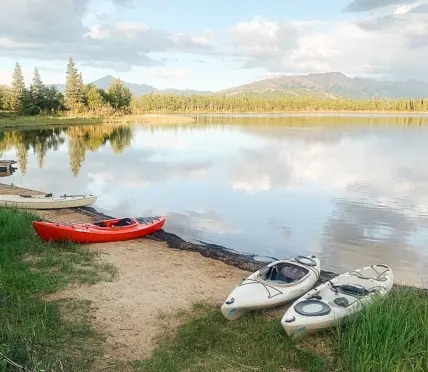
-
Day 06
Palmer
Gold Panning at Hatcher Pass
Soak in the beautiful scenery of Hatcher Pass as you visit Independence Gold Mine, built in the 1900s. We provide gold pans so you can try your hand at striking it rich! A park naturalist is often available to share the history of the mine and knowledge about the area’s unique flora and fauna.
Knik Glacier Boat Tour
Hop aboard an airboat headed to Lake George, the base of Knik Glacier. At 28 miles long and six miles wide, this glacier is one of Alaska’s grandest natural attractions. Born in the Ice Age 600,000 years ago, Knik Glacier appears motionless, but it’s actually in a constant state of change.
In the evening, you’ll arrive back in Anchorage where you’ll say goodbye to your AAU tour guide and your tour concludes. You may choose to add-on additional experiences (see our Tour Add-Ons page), enjoy a day of leisure in Anchorage, or cruise home via the Inside Passage.
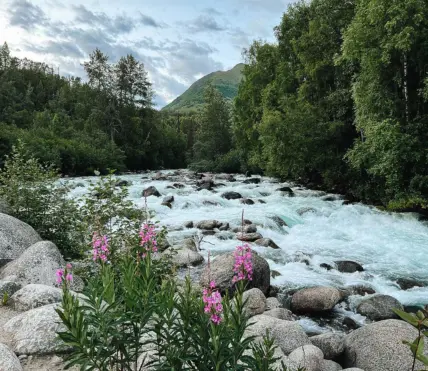
Get All the Details
Download the full itinerary here.
6-Day Essence of Alaska
Treat yourself to the trip of a lifetime. Our 6-Day Essence of Alaska includes all listed activities, transportation, 5-nights of accommodations, a partial meal plan, plus Denali flightseeing or Riverboat Adventure in Talkeetna.
2026 Rates: (in usd)
- $4949 Per Person (Double Occupancy)
- $4649 Per Person (Triple/Quad Occupancy)
- $5549 Per Person (Single Occupancy)
- $265 Per Person Tax
What’s Included in Your tour
- Accommodations for Five Nights
- Most Meals
- Executive 14-Seat Mini-Coach
- Private Alaskan Guide
- Denali National Park Tour
- Zipline or Horseback Riding
- Knik Glacier Boat Tour
- Gold Panning at Independence Mine
- Hatcher Pass Scenic Tour
- Matanuska Glacier Ice trek
- Denali Flightseeing or Riverboat Ride in Talkeetna
- Alaska Native Heritage Center
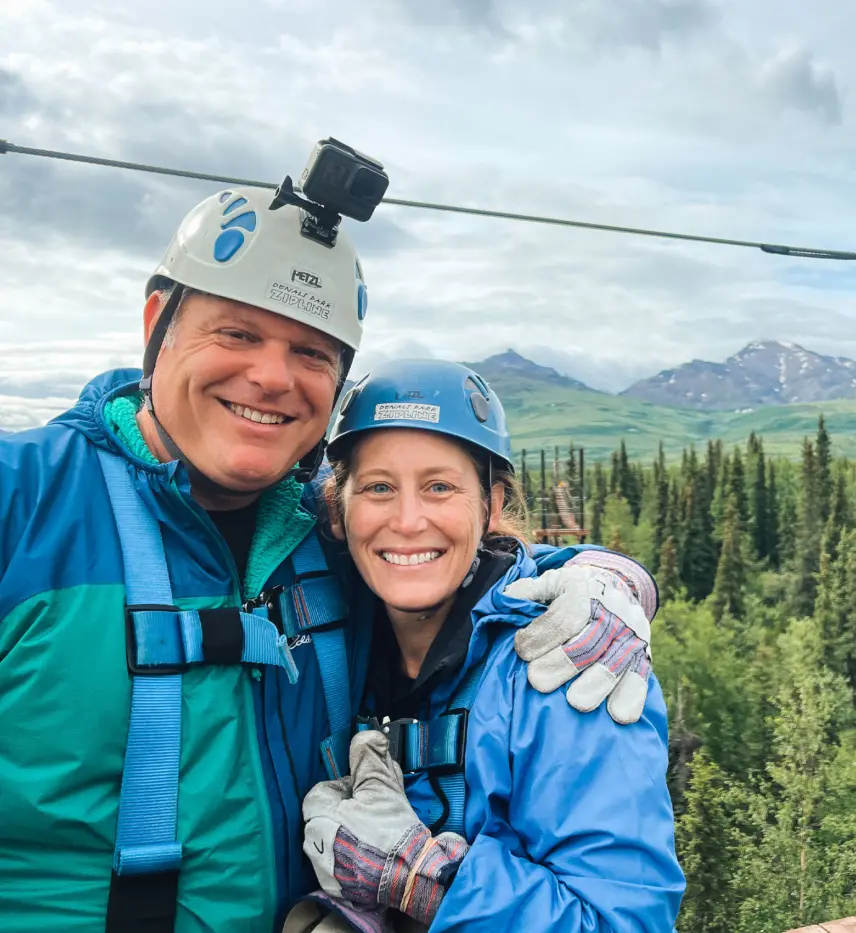
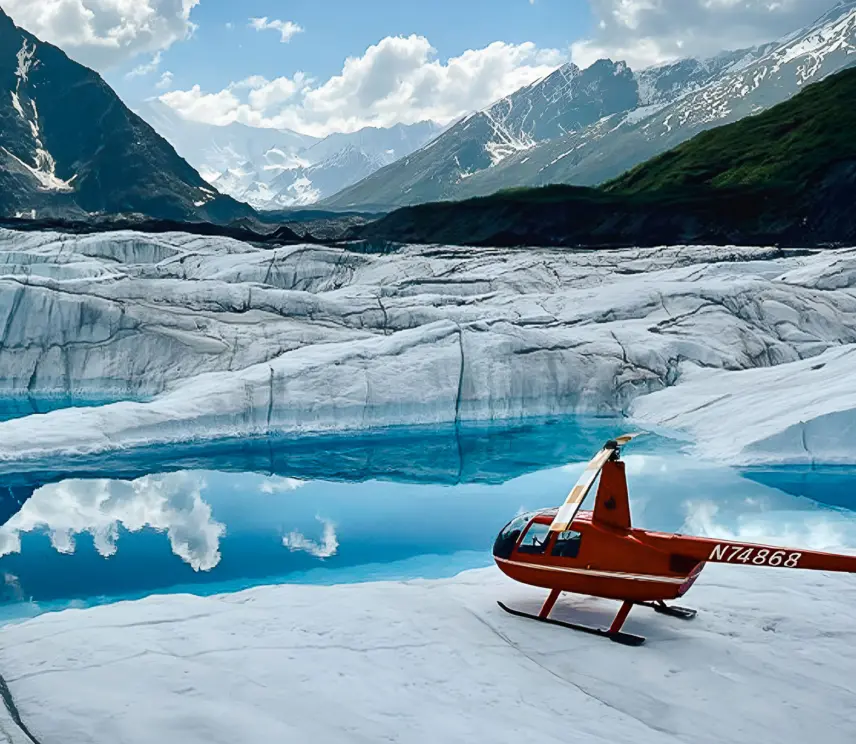
Available Activity Upgrades
Want to make your Alaskan adventure even more remarkable? We have activity upgrades on select days, allowing you to enjoy the Alaskan tour of your dreams. Check out the tour itinerary for available upgrades.
Tour Add-Ons
Looking to make this trip of a lifetime even more memorable? We have some experiences to recommend! Our add-on experiences begin at the end of your official tour. We’re happy to provide suggestions of activities and accommodations as well as assist with the planning and coordination of your touring.
Bear Viewing
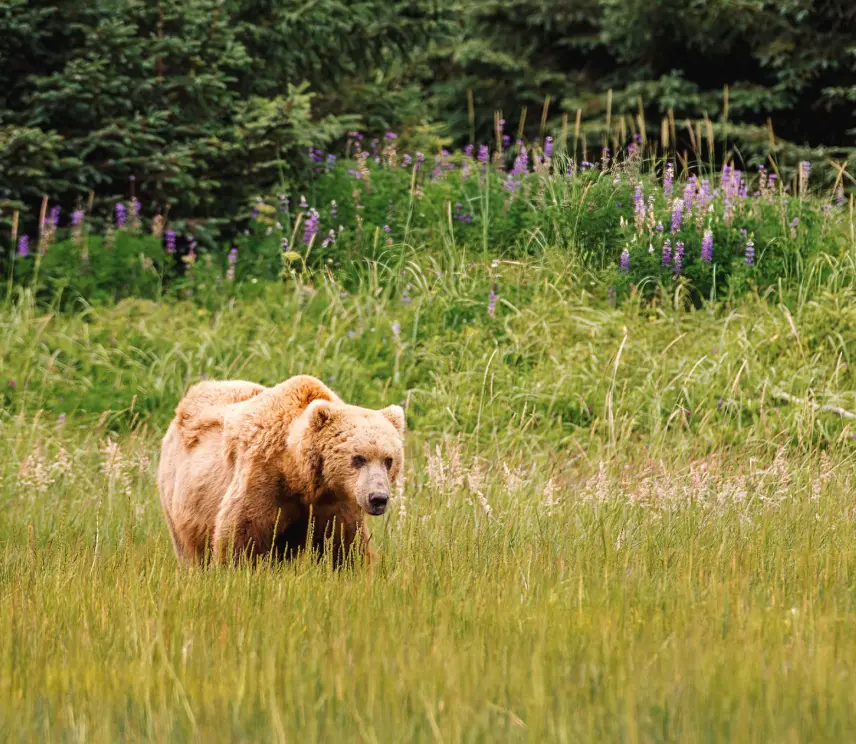
Anchorage Add-On
Lake Clark Bear Viewing (6–8 hrs)
$1,250/person
After a scenic ride on a float plane that passes three active volcanoes, numerous salmon streams, and towering glaciers, you’ll arrive at this ideal oceanfront bear viewing habitat to watch brown bears interacting with each other in the wild. Observe them as they frolic in the grass with their cubs, dig for clams, and take afternoon naps.
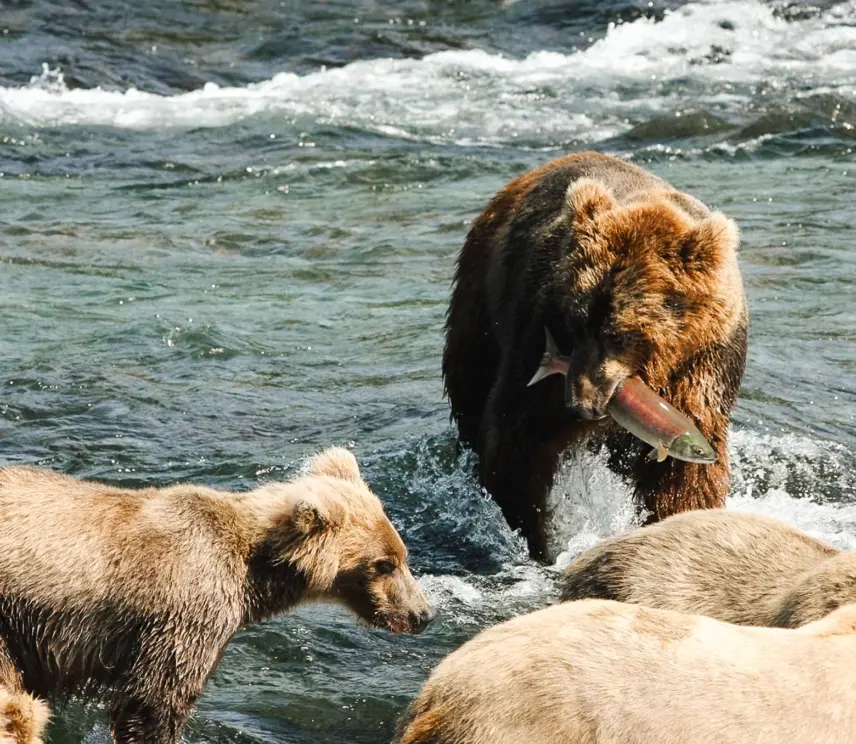
Anchorage Add-On
Katmai Bear Viewing (8–10 hrs)
$1,495/person
The federally protected Katmai National Park and Preserve is world famous for having the largest population of Alaska brown bears. Accessible only by air, this is Alaska wilderness in its rawest form. At Brooks Falls, where numerous bears congregate to catch salmon, three bear viewing platforms connected by elevated boardwalks allow for close, unobstructed, extraordinary bear viewing.
Pre- and Post-Tour Accommodations

Anchorage Add-On
Pre-Tour Hotel Stay
$395 – One-Night Stay
***Additional nights subject to availability & accommodation rate
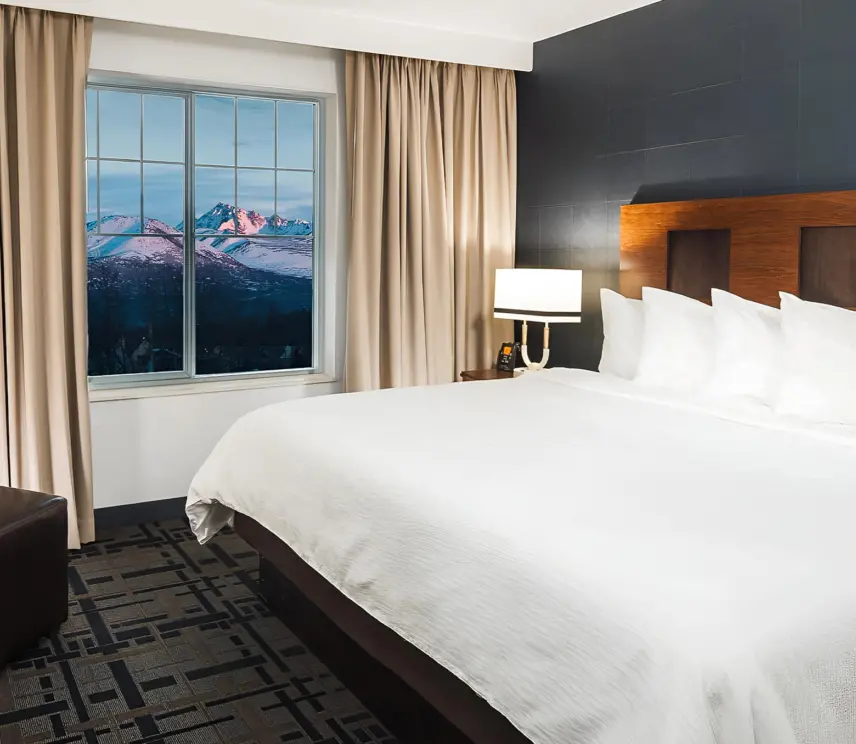
Anchorage Add-On
Post-Tour Hotel Stay
$395 – One-Night Stay + Private transfer from Rail Depot
***Additional nights subject to availability & accommodation rate
FAQ
-
When and how do I make my reservations?
You should make your reservations as soon as you know your desired dates of travel. Prime dates sell out quickly, so early booking is recommended!
If you’re in the United States, please call 800.580.3494 to speak with one of our Tour Coordinators. Outside the United States? Please call 866.343.5618.
We are available Monday through Friday, 8 a.m. to 5 p.m. Alaska time, which is four hours earlier than East Coast time. -
When and how should I arrive in Alaska, and is there transportation from the airport to other locations?
As you will be buying your flights independently, you’ll be responsible for arriving on time for all of your travel components. Allow extra time for each leg of your travel itinerary to ensure you don’t miss parts of the tour or your flight home.
You will be arriving and departing from Anchorage International Airport. Transportation between the airport and/or cruise piers (if you are leaving Alaska by ship) are not included in the price of your tour package. You may add private transportation to your package for an additional cost (subject to availability).
Your flight must arrive prior to 11 a.m. on Day 1 of your tour. If you cannot arrive by this time, your Tour Coordinator can book a pre-tour hotel in Anchorage for you. Similarly, if you need a post-tour hotel, we can arrange that upon request. Your tour typically arrives back into Anchorage at 7 p.m. on Day 6 of your tour itinerary. There are earlier transportation options available; please ask your Tour Coordinator about them at the time of booking.
-
How long is our travel day?
Because Alaska sits near the top of the globe, the sun can shine for as many as 20 hours a day during peak season! Your travel day will usually begin at 8 a.m. and end at 8 p.m. However, you will generally only be in the tour vehicle for no longer than 1.5 hours while driving to each destination. Stops are provided for restrooms, meals, photo opportunities, and for the daily excursions. Evening hours with sunlight are free for photos and leisure time.
-
What additional costs may not be included in my tour package?
Gratuities: In addition to standard tipping practices (ex: waiters and waitresses, housekeeping staff, taxi/shuttle drivers, and baggage handlers), in Alaska it’s common to tip those who provide personalized services.
Drivers/guides who offer a particularly informative trip generally receive a tip from passengers at the end of the tour. The industry standard is $20 per person, per day. Fishing and rafting guides are commonly tipped by their clients. Gratuities may also be given to pilots following a particularly good flightseeing or bear-viewing trip. Tips are appreciated, but never expected; please use your discretion.Alcohol: Alcoholic beverages are not included on tour. Open containers are not allowed in our vehicles at any time.
Upgrades and Add-Ons: Any additional activities, tours, or hotel nights are not included in the tour package price.
-
Are your tours accessible for all ability levels?
Our vehicles are not wheelchair or handicap accessible. Our “soft adventures” require easy to moderate levels of activity. If you have any questions about specific activities and abilities, just give us a call and we’ll be happy to determine the right tour for you.
-
Do you accept reservations for just one passenger?
Yes, we do. The only cost difference is that the full cost of accommodations is reflected in the price rather than split between a couple. We offer numerous guaranteed departure dates.
-
Can I customize my tour?
Yes! We have set itineraries but can customize add-ons and activities around a tour framework. We can assist in booking anything in the state of Alaska in conjunction with a tour, from a remote lodge experience to an Inside Passage cruise. Call one of our Tour Coordinators for details!
